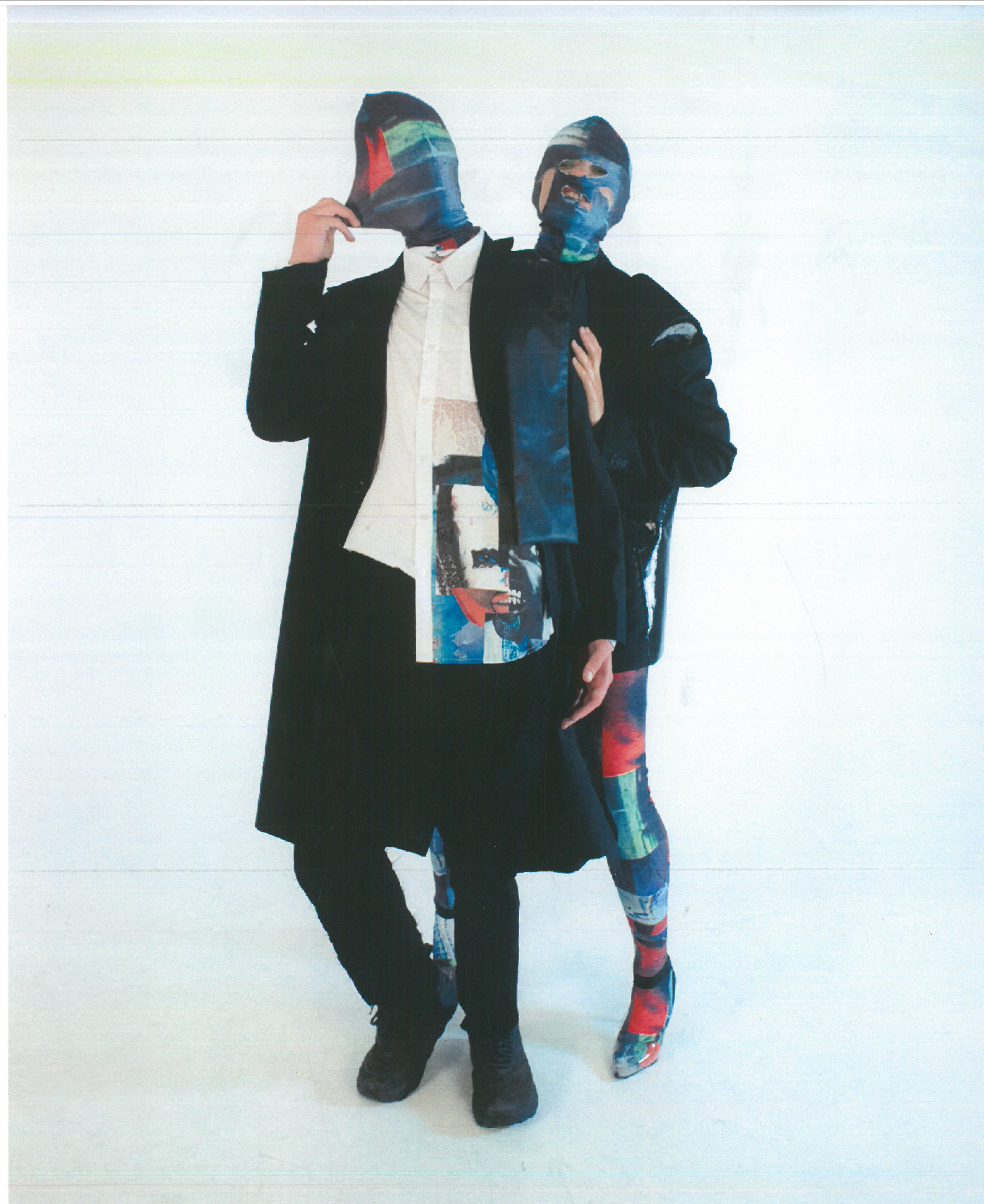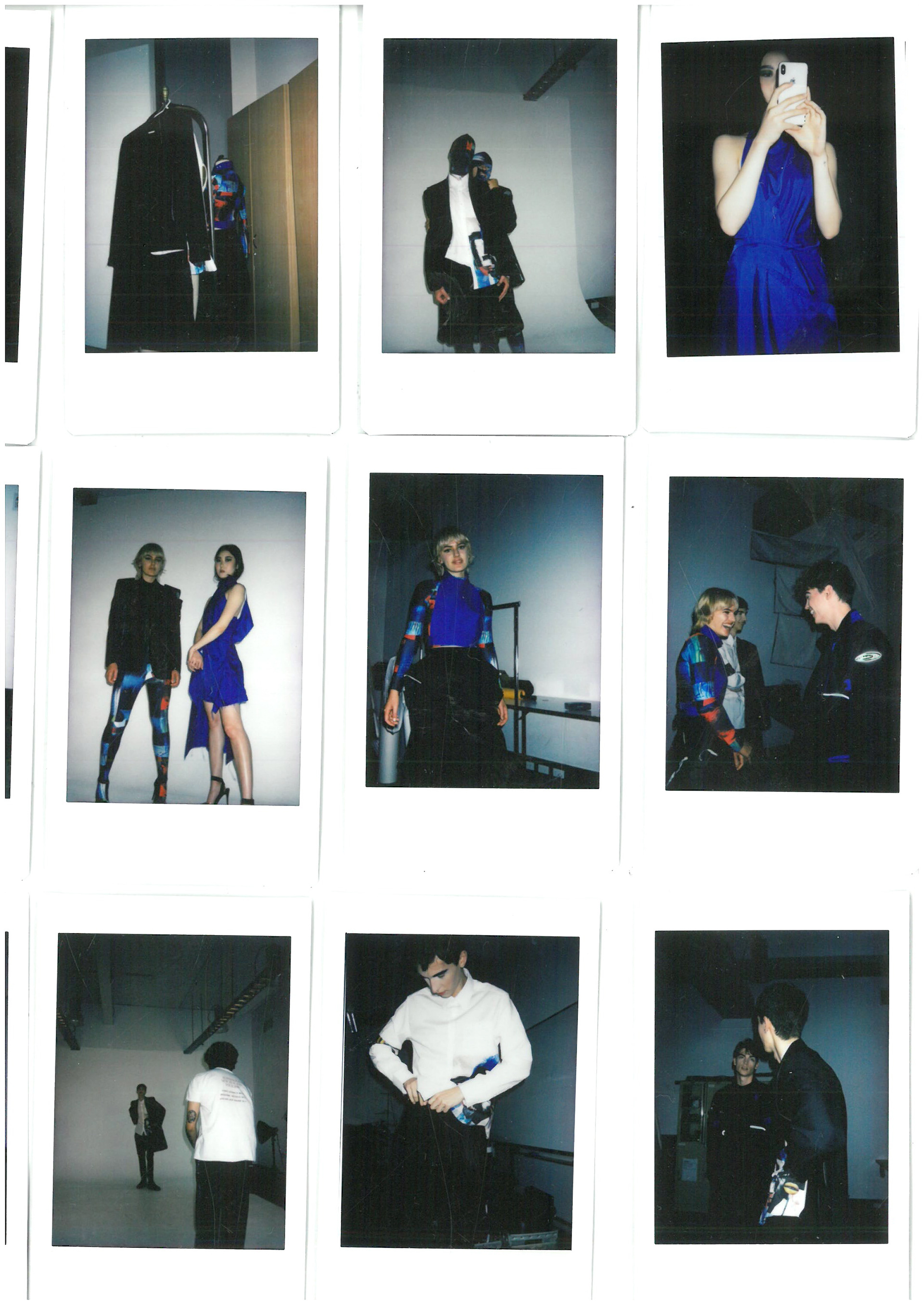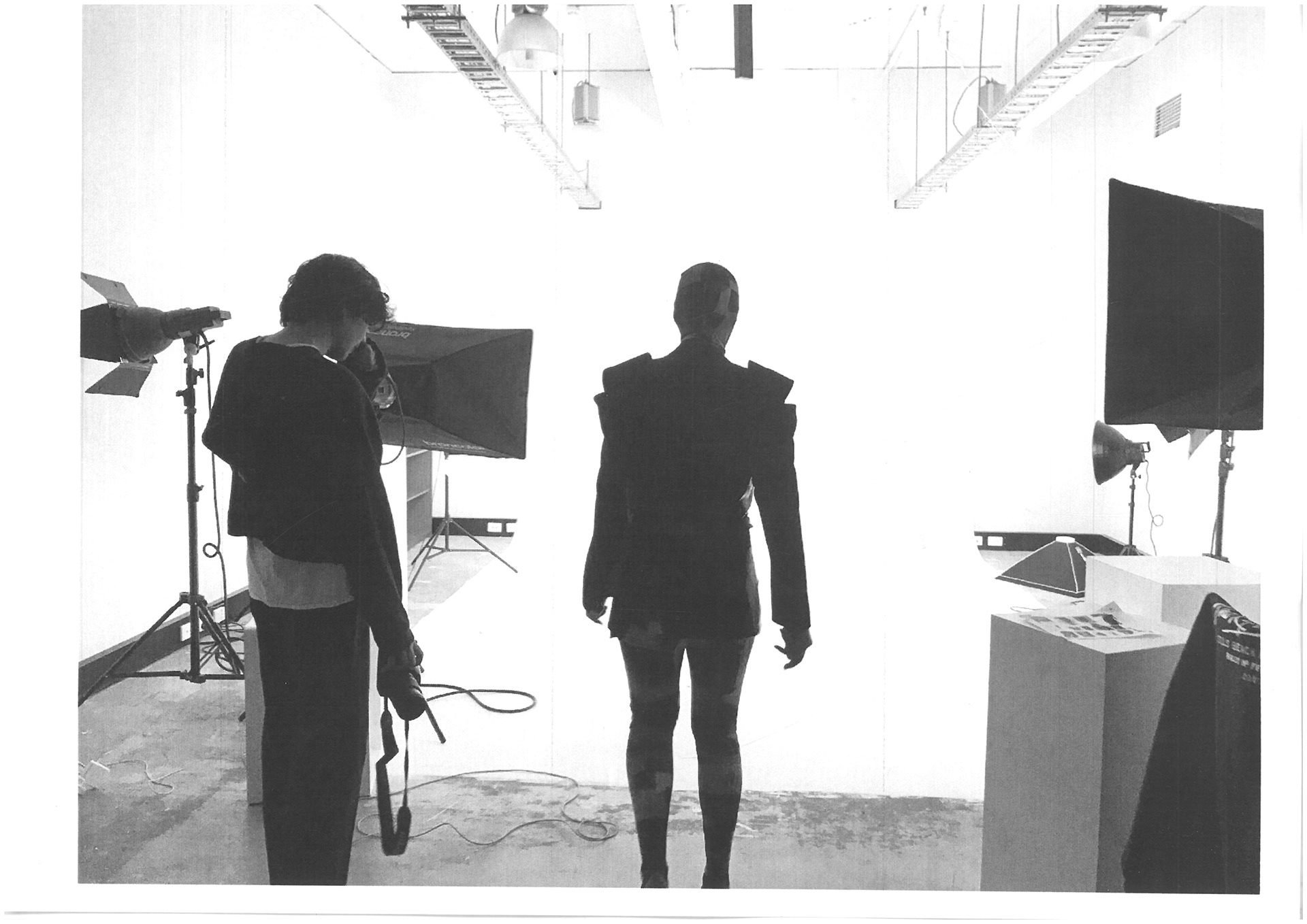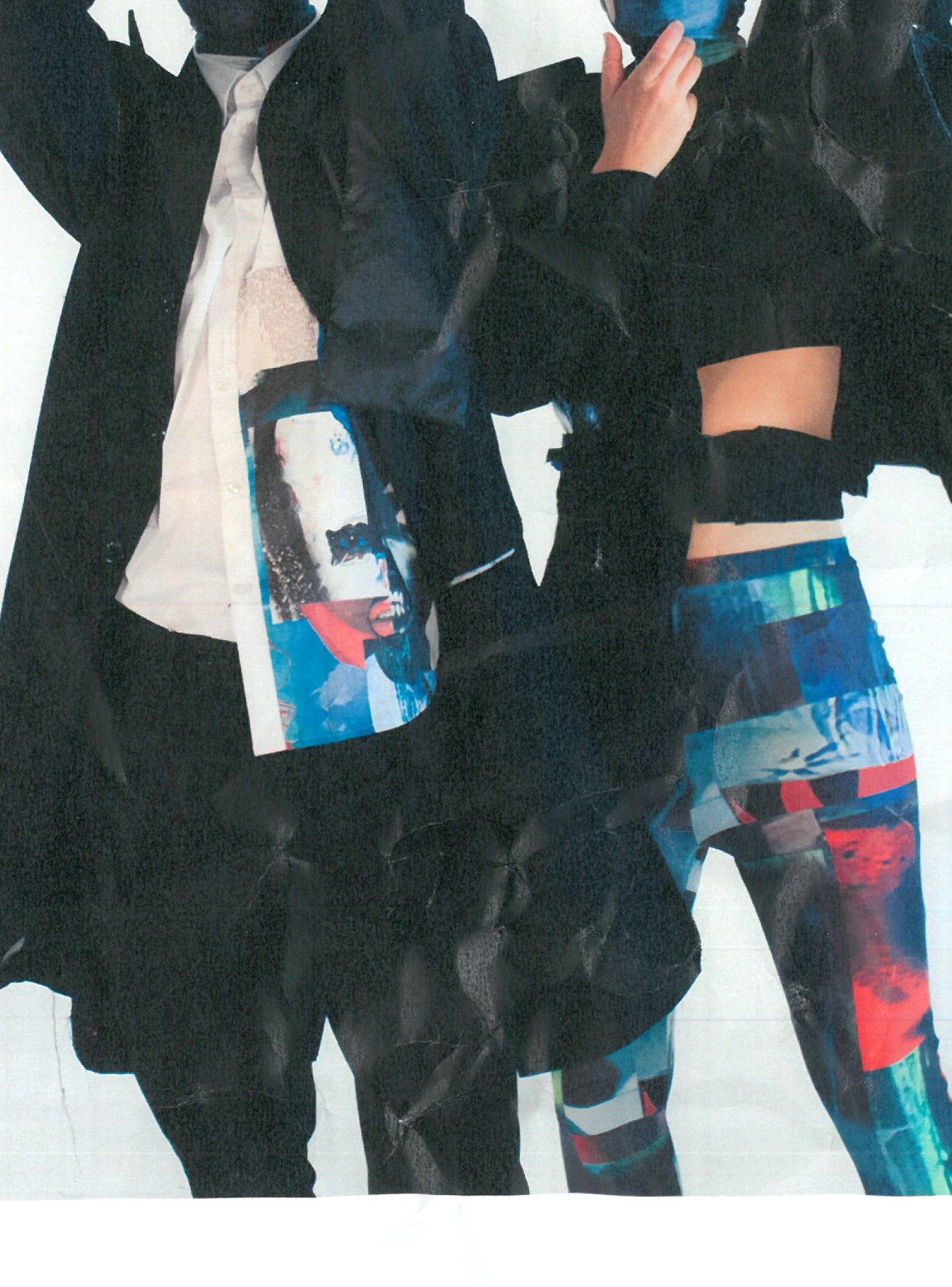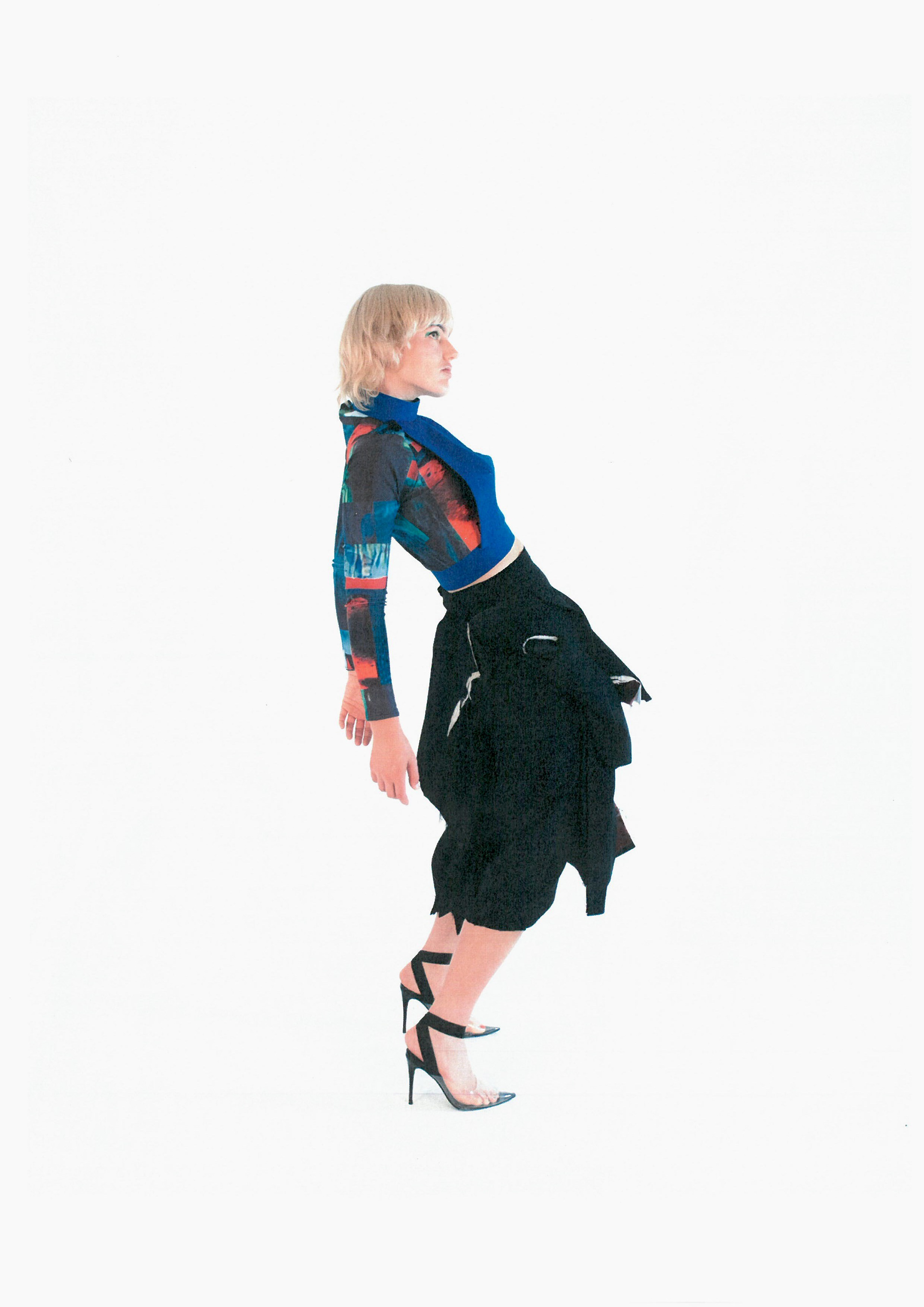GEORGINA
POLA
STUDENT BIO:
Georgina Pola is a 2020 Masters of Design student and a 2019 Fashion Design graduate of the Whitehouse Institute of Design, Melbourne. Originally from Toowomba, Queensland, she moved to Melbourne in 2017 to pursue her ambition of studying and working in fashion. During her fashion design studies, she particularly enjoyed creating custom prints and exploring its contrast with traditional dressmaking and tailoring. Additionally, she has an activist ethos behind the designs particularly when it comes to exploring new types of sustainability in clothing. She has strong interests in live music and films which also influence the designs and themes of the collections. In the future she hopes to continue learning, traveling, collaborating and creating with local and international talent. She hopes to continue her exploration of upcycling from her Master’s Collection in fashion brands and work within the expanding Australian fashion industry.
PROJECT STATEMENT:
The 2020 collection imagines reinvigorated and modernised fashion, empowered by sustainable practices including upcycling, recycling and resource-sharing. The collection seeks to highlight these processes by applying literature theory such as Deconstruction, Marxism and Semiotics to explore how fashion can move forward and be galvanized through more meaningful creations. This collection uses repurposed materials to deconstruct fashion parts and reevaluate their position and meaning on a body. This is achieved by combining and mixing a chaotic and energetic range of styles, fabrics, industrial materials and colours. Materials were also sourced from personal excess stock, op shops, and donations from high end local brands, as well as items already disposed of as waste. Designed prints were also incorporated to complement these materials by utilising a similar intrinsic process of collage and serendipitous combinations. It is particularly important, and must be a priority for the fashion industry, to explore how plastics and discarded clothing can be repurposed and reinterpreted as valuable and unique fashion items.
